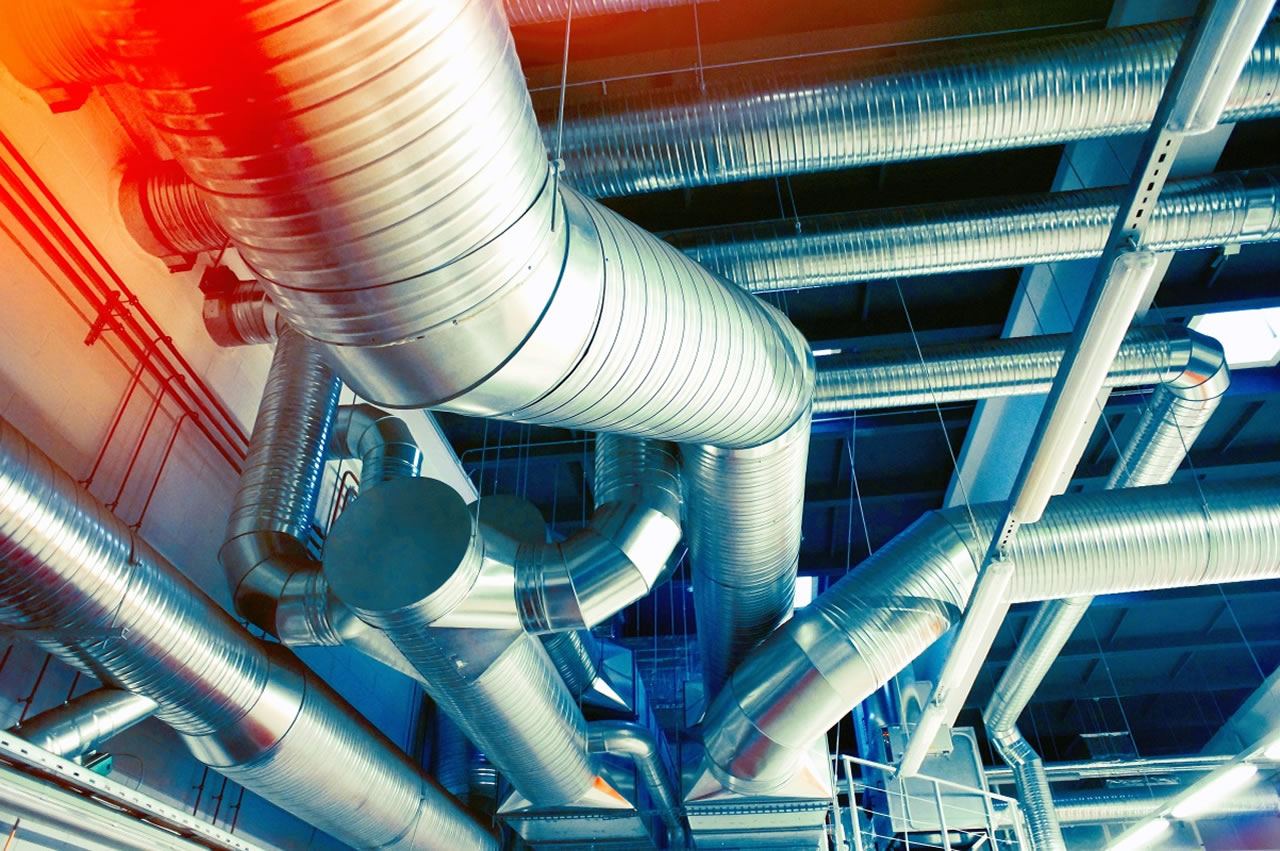Ventilation-air conditioning security and covid-19
Ventilation and air-conditioning plants can be a transmission channel for the viral load that is dispersed in the air.
The Italian National Institute of Health (Istituto Superiore di Sanità) through the report ISS Covid -19 no.5/2020 has provided guidance and recommendations to be followed to maintain high air quality in indoor and outdoor environments.
CNR-ISAC researchers made statements on:
“In order to correctly assess the probability of infection through airborne, it is necessary to distinguish between indoor and outdoor environments and it is also necessary to take into account many parameters, including virus concentrations in air and their life time, two unknown parameters: for the lifetime it is spoken about one hour under controlled laboratory conditions, while outdoor the time could be reduced by the influence of weather parameters such as temperature, humidity and solar radiation, which can degrade the infections capacities of the virus.
Outdoor, the concentrations of virus detected in public areas in Wuhan are at the limit of detectability compared with the typical concentrations of particulates in polluted urban areas, which can reach 100 billion particles/m3. Therefore, the probability of transmission with this outdoor mechanism seems to be very low.
There can obviously be a greater probability in specific indoor environments, such as hospitals and areas where patients are quarantined, or public transportation where many infected people could travel. In these environments, the source is more intense and the dispersion of the virus in air is more limited in spatial terms, so it can be observed higher concentrations and microclimatic conditions more favourable to the survival of the virus. In these environments, it is advisable to mitigate the risk to susceptible persons through periodic ventilation, decontamination of surfaces and the use of air conditioning systems with specific technologies, to limit the circulation of bioaerosols in the indoor environment”.
Ventilation systems and Covid-19: checks to be carried out
In order to ensure disinfection, steps must be taken to ensure that the circle of aeration plants and Covid-19 is blocked, that is, to prevent air treatment plants from being a transmission mechanism of the pathogen, even though they represent a secondary risk.
Aeraulic system means, according to UNI 10339:1995, the set of equipment, devices, accessories and controls necessary to obtain air quality in the environments according to predefined conditions based on temperature, humidity, absence of pollutants and air changes.
Therefore:
- Air conditioning (air quality control and thermo-hygrometric);
- Thermoventilation systems (air and thermal quality control, except hygrometric);
- Ventilation systems (air quality control excluding thermal and hygrometric).
Each type of plant and equipment installed can be extremely different depending on the environments and design choices.
The management of the air recirculation is important, in fact, if it is not possible to keep the systems stationary, the periodic cleaning of the air recirculation filters is essential to keep low levels of appropriate filtration/removal. The dust captured by the filters represents an environment favourable to the proliferation of bacteria and fungi, and in any case of biological agents.
Ventilation systems and covid-19: how to proceed with cleaning?
It is possible to group together the operational phases to be followed for the disinfection operation to be carried out on the aeration plants.
It starts with the inspection by making an assessment of the hygienic and epidemiological problems to which the environment is subject.
In order to not forget any plant and the individual equipment that are part of it, it is essential the census of them and their documentation. It then continues with the identification of the technical problems of the systems, the criticality of a hygienic – sanitary nature and the safety problems related to the site (which will have to be set up to perform the remediation), then the functional analysis of the systems.
In order to identify problems, a technical inspection shall be carried out involving microbiological sampling of surface, air, condensation water and particulate matter.
Before cleaning (mechanical removal of the particulates deposited inside the pipes) and disinfection (that is, treatment with appropriate disinfectant products) it is necessary to implement measures to contain environmental contamination according to the work area and the state of installations.
The cleaning and the disinfection must concern the plant in all its parts, and therefore the present devices from external air intake up to the last terminal, considering both supply and recirculation pipes.





